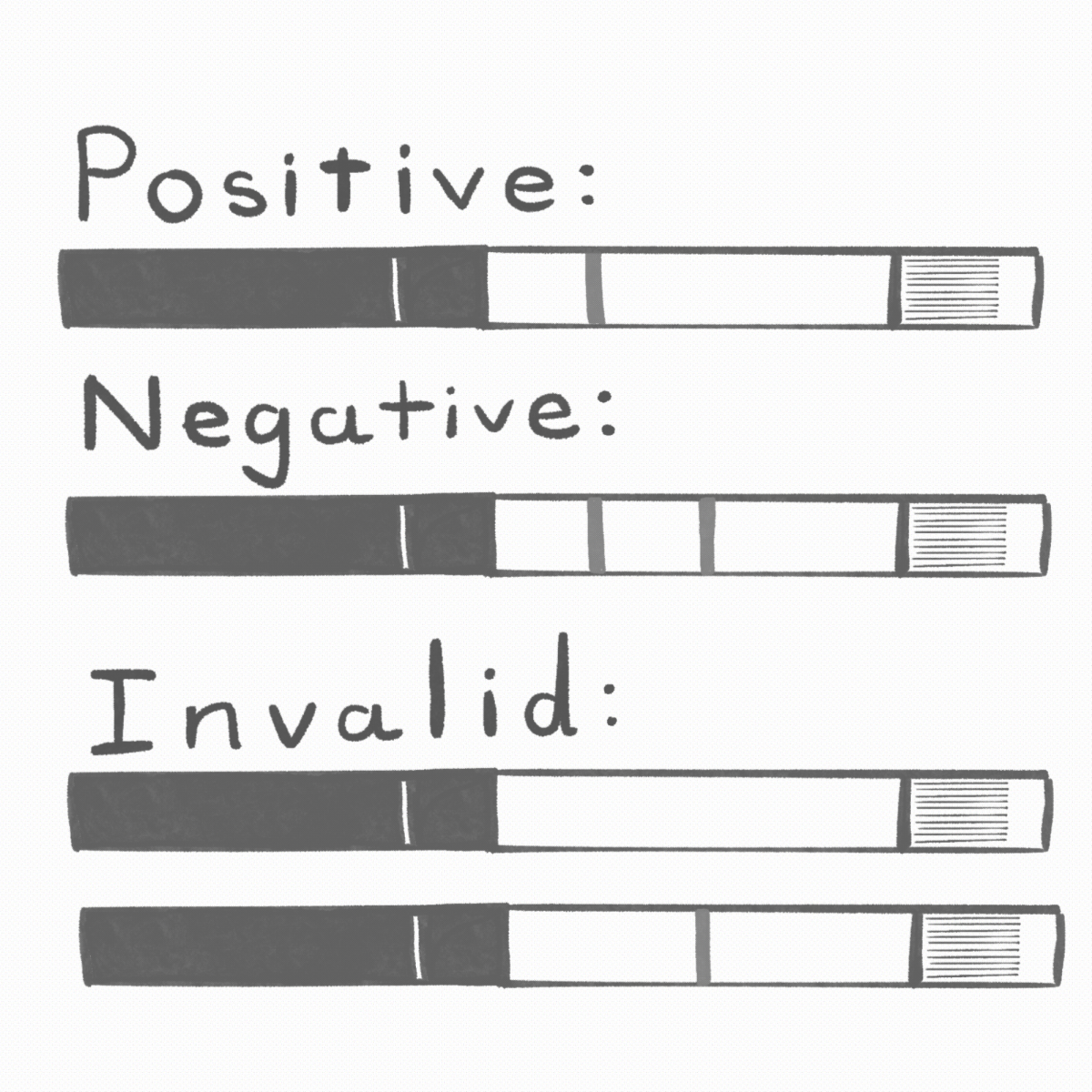Illustration by Andrea Nebhut
A few months ago, I wrote about inauthentic ethnic food at Mabee. For the people who took time out of their day to call me “entitled” and told me to be happy with my unseasoned stir-fry, I don’t think this column is for you.
However, if you’re a frazzled undergrad reading this from your brand new kitchen at the beginning of the school year, looking to eat something that’s not bland, cold pasta while also listening to some jaded senior complain about her life, maybe I could be of assistance.
I discovered my love for cooking in late high school when, ironically, I grew tired of my mom’s bland pasta (sorry mama). My mom is an amazing cook in terms of Indian food. She’s my own Martha Stewart (but, like, minus the white-collar crimes).
But when it came to packing a quick meal on Meatless Mondays, bland, jarred marinara pasta was always the go-to. My brother and I were getting tired, and someone had to take matters into their own hands.
Much like every other Millennial/Gen Z cusp, I taught myself to cook (and do makeup!) exclusively by watching YouTube tutorial videos. This was around the time that Buzzfeed’s Tasty channel had just taken off, and quick two-minute videos of peoples’ hands had taken over the internet. Supplied with those videos, my mom’s very well-stocked spice cabinet and an at-home garden, I guess I was privileged.
A quote from one of my favorite Bollywood movies, “English Vinglish,” has stuck with me for a while: “A man cooks, and it’s art; a woman cooks, and it’s her duty.” My mother never taught me how to cook. The women in my family never learned to cook by choice because it was something they were expected to always know and do.
Knowing how to cook was just an extra asset you had under your belt which made you more marriage material. My mom had every East Indian essential dish in her culinary repertoire before she was married off at 19 years old and expected to cook as part of her duties in a new household. This may explain why she was so surprised when I told her I wanted to learn how to cook.
For the average middle-class American, having the desire to cook was a luxury. I wasn’t just exploring a hobby; I was opening a Pandora’s box full of questions to my parents of whether or not I would succeed in their American Dream™.
So I started cooking when my mom wasn’t home. Quick 30-minute improvements to my mom’s pasta while she made an HEB run made me feel like I was on Chopped.
With that, the first thing I and many new chefs learned to cook were eggs. Yes, there’s the classic French omelet, and now fluffy Japanese omelets are taking over the trendy food charts, but no version has topped my favorite, an Indian omelet: the absolute bastardization of the omelet but so much more delicious. Breakfasts in India and during the summer consisted of what my cousins and I called “Omelet Toast,” something we would crave most specifically on Hindu holidays when meat and their byproducts (including eggs) were strictly forbidden.
So, here’s to kicking off this new food series with more future Indian (and other!) dishes that mean a lot to me!
*Disclaimer: Measurements are my best guess because my family has never owned measuring utensils in our entire existence.
NATASHA’S OMELET TOAST
INGREDIENTS:
2 eggs
1 pinch cayenne
1 pinch turmeric
1 pinch garam masala
Sufficient salt and pepper
1 shake of red pepper flakes
¼ tsp soy sauce
1 tbsp finely chopped onions
1 chopped up Thai green chili pepper (optional)
1 tbsp butter
2 lightly toasted slices of bread
INSTRUCTIONS:
1. Heat up a non-stick pan on medium heat with half of the butter.
2. Mix all your ingredients together in a bowl and whisk with a fork.
3. Pour half of the mixture into the pan.
4. As the edges start settling, push the more cooked portions from the edges toward the center. Keep going until there’s no runny liquid around.
5. Settle a piece of toast in the “omelet” and put a lid on for 30 seconds until everything looks settled and cooked, and the toast seems to be stuck to the eggs.
6. Turn off the heat and flip, toast and all, and let it sit in the residual heat for about 30 seconds. Repeat with the remaining egg mixture and toast.
7. Top with chopped cilantro and Sriracha and serve!
NOTE: The Thai green chili pepper is a classic in Indian food. It’s spicy, but it’s so flavorful. Because they don’t sell it in your normal grocery store, I like to make a trip to either the local Indian grocery store, Himalaya Bazar, or to my mother’s garden. However, you can substitute bell peppers, jalapeños or serranos (the closest in heat). I will still advocate for Thai green chili peppers with all my heart. Thank you for coming to my pepper TED Talk.
Follow my food Instagram @djnut_eats, where I post my food adventures, and maybe will one day have a working phone camera to document them.







Rowdy Baby • Aug 24, 2019 at 10:08 am
I love this so much and I can’t wait to read further, this perfectly combines your interests/passions!! Big fan!!